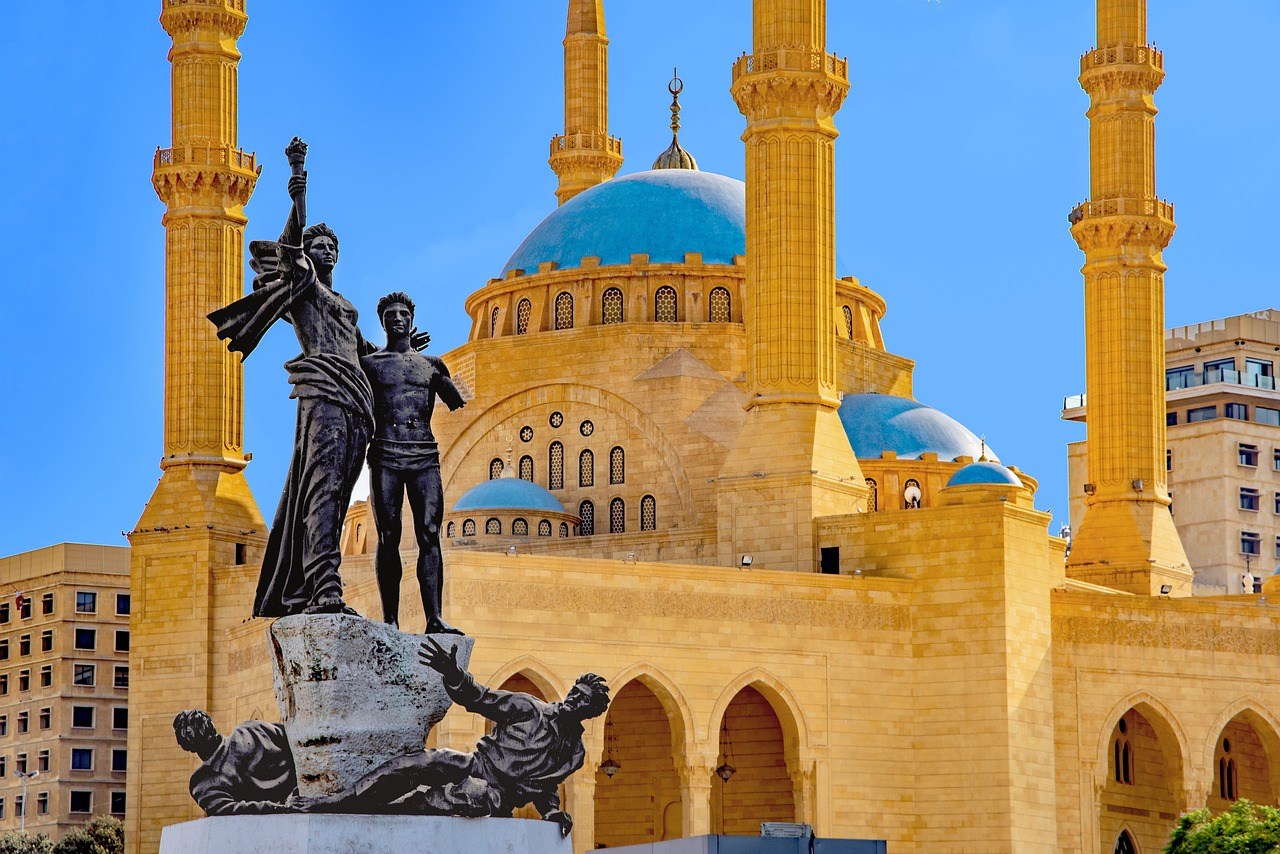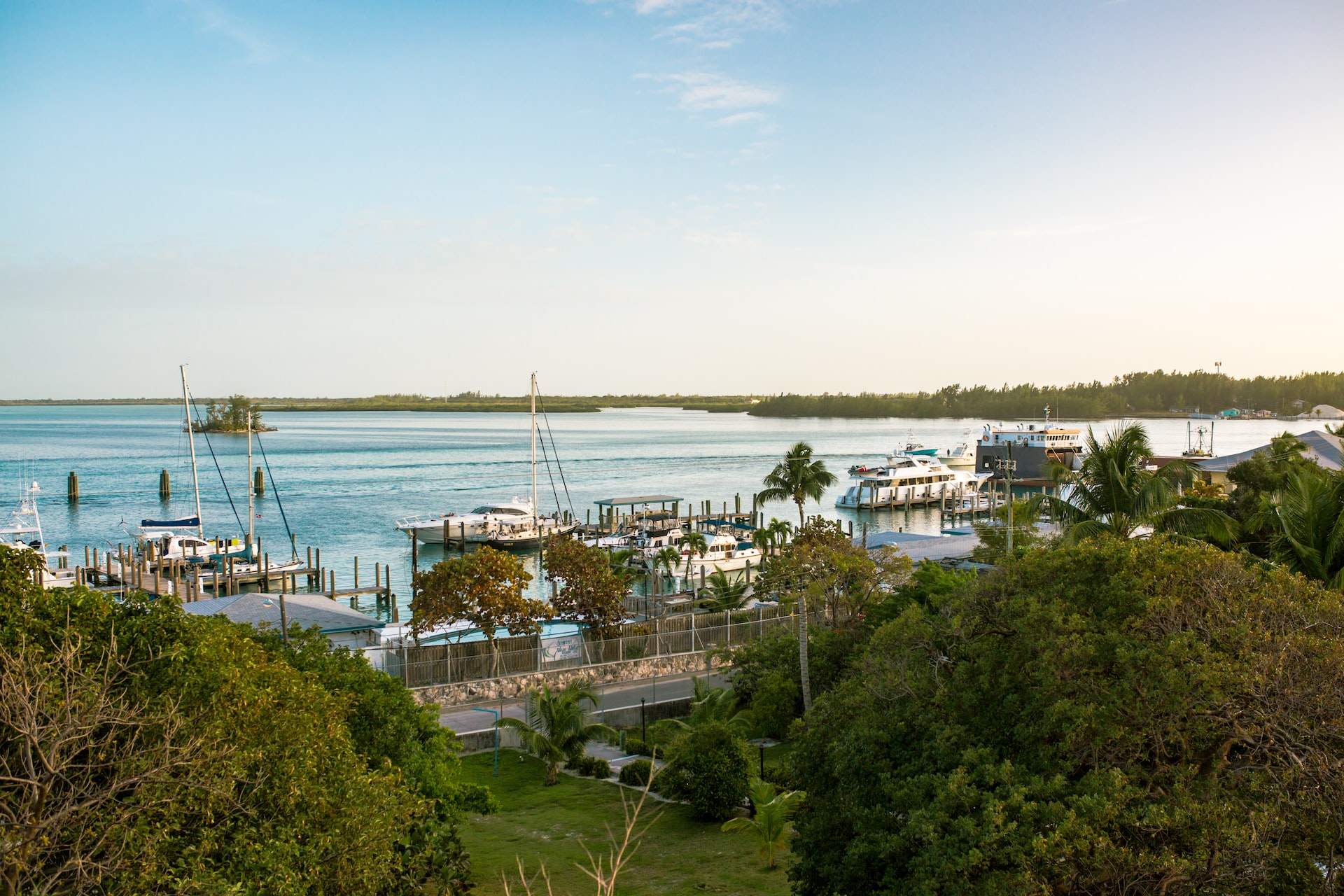Belo Horizonte museums are a diverse collection of cultural and historical institutions that offer visitors a glimpse into the rich history and art of the city and its surrounding regions. From world-renowned art collections to fascinating historical artifacts, there is something for everyone to enjoy at the museums of Belo Horizonte. In this article, we will take a closer look at some of the most popular museums in the city, including the types of art and artifacts on display, special exhibitions, and the availability of guided tours.
1. Museu de Artes e Ofícios
The Museu de Artes e Ofícios, also known as the Museum of Arts and Crafts, is one of the most popular museums in Belo Horizonte. This museum is dedicated to showcasing the rich cultural heritage of the city and its surrounding regions through a wide variety of art and artifacts. Visitors can explore the museum’s collection of traditional crafts and folk art, including ceramics, textiles, and woodcarvings, as well as an extensive collection of paintings and sculptures by local and regional artists.
One of the highlights of the Museu de Artes e Ofícios is its collection of traditional Brazilian musical instruments, which is considered one of the most comprehensive in the country. The museum also regularly hosts special exhibitions and events, such as workshops and lectures on various aspects of the art and culture of the region. Guided tours are available for visitors, who can learn more about the history and significance of the museum’s collection.
2. Museu Histórico Abílio Barreto
The Museu Histórico Abílio Barreto, or the Abílio Barreto Historical Museum, is another popular museum in Belo Horizonte. This museum is dedicated to preserving the history and cultural heritage of the city and its surrounding regions, and visitors can explore a wide variety of artifacts and exhibits related to the city’s past.
The museum’s collection includes an extensive collection of documents, photographs, and other artifacts related to the history of Belo Horizonte and its people. Visitors can also see a range of historical objects, such as furniture, tools, and household items, which provide an insight into the daily lives of people in the past.
The museum regularly hosts special exhibitions and events, such as lectures, workshops, and guided tours, which focus on different aspects of the city’s history and culture. Visitors can also take guided tours of the museum, which provide an in-depth look at the history of Belo Horizonte and its people.
3. Museu de Arte da Pampulha
The Museu de Arte da Pampulha, or the Pampulha Art Museum, is one of the most famous museums in Belo Horizonte. This museum is known for its collection of contemporary art, including works by artists from Brazil and around the world. The museum’s collection includes paintings, sculptures, photographs, and other types of contemporary art, as well as an extensive collection of works by local and regional artists.
The museum is also home to a number of special exhibitions and events, such as lectures, workshops, and guided tours, which focus on different aspects of contemporary art and culture. Visitors can also take guided tours of the museum, which provide an in-depth look at the history and significance of the museum’s collection.
4. Museu de Ciências Naturais
The Museu de Ciências Naturais, or the Natural Science Museum, is a popular destination for visitors interested in the natural world. The museum’s collection includes an extensive collection of specimens and artifacts related to the natural history of the region, including geology, botany, and zoology. Visitors can explore the museum’s collection of fossils, minerals, and other natural specimens, as well as an extensive collection of live animals, including fish, reptiles, and birds.
The museum also regularly hosts special exhibitions and events, such as workshops and lectures on various aspects of the natural world. Visitors can also take guided tours of the museum, which provide an in-depth look at the history and significance of the museum’s collection.
5. Museu Inimá de Paula
The Museu Inimá de Paula, or the Inimá de Paula Museum, is a popular destination for visitors interested in the art and culture of the region. The museum’s collection includes an extensive collection of artifacts and works of art, including paintings, sculptures, and other types of visual art. The collection also includes works by local and regional artists, as well as an extensive collection of traditional crafts and folk art.
The museum also regularly hosts special exhibitions and events, such as workshops and lectures on various aspects of the art and culture of the region. Visitors can also take guided tours of the museum, which provide an in-depth look at the history and significance of the museum’s collection.
6. Museu de Arqueologia e Etnologia
The Museu de Arqueologia e Etnologia, or the Archaeology and Ethnology Museum, is a popular destination for visitors interested in the history and culture of the region. The museum’s collection includes an extensive collection of artifacts and works of art, including pottery, tools, and other objects related to the history and culture of the region.
The museum also regularly hosts special exhibitions and events, such as workshops and lectures on various aspects of the history and culture of the region. Visitors can also take guided tours of the museum, which provide an in-depth look at the history and significance of the museum’s collection.
In summary, Belo Horizonte museums are a diverse collection of cultural and historical institutions that offer visitors a glimpse into the rich history and art of the city and its surrounding regions. From world-renowned art collections to fascinating historical artifacts, there is something for everyone to enjoy at the museums of Belo Horizonte. Visitors can explore the traditional crafts and folk art, contemporary art, natural history, history, culture, archaeology, ethnology and more. Special exhibitions and events, and guided tours are available for visitors, who can learn more about the history and significance of the museum’s collection.



